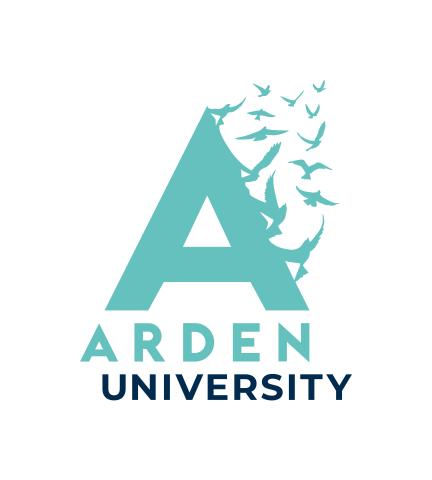
Efficient methods of marking and providing feedback
Aaron Taylor and Victoria Rafferty provide advice on how to ensure formative and summative feedback is carried out with student learning in mind
You may also like
Popular resources
Formative and summative feedback is an integral aspect of learning at university, which makes implementing it effectively a critical skill for all lecturers to possess.
Meaningful feedback provides students with an opportunity to progress, whereas inadequate commentary and unfair marking can discourage student effort and achievement. This article will therefore provide advice on efficient ways of marking and providing feedback from both a formative and summative perspective.
- Assessment and feedback as an active dialogue between tutors and students
- Student diaries as a tool to improve the university experience
- Tactics to ensure students engage with and learn from feedback
Keep things clear
First and foremost, formative feedback should be constructive and clear at all times. Jargon and “flowery language” should be avoided, with ideally three developmental points included that can be applied in future submissions. In order to keep feedback clear and concise, aim to use no more than approximately 150 words to pass on a message.
Student involvement
Peer involvement is encouraged for formative assessment, particularly if it is the first module on the course. Students can be set a marking exercise and then, after training, be allocated a script to provide feedback on. This is especially useful in introducing students to marking criteria and rubrics. Exemplars can also be provided in this scenario prior to the original formative task being set.
Another interesting idea is asking students to indicate which aspect of their work they would like feedback on. This strategy is beneficial for both marker and student, as the latter is able to receive specific commentary on an area or topic they need more help with.
Services such as Turnitin can be useful for getting students used to submitting work on the VLE. This also provides lecturers with an opportunity to provide advice on any instances of high similarity prior to summative submissions.
Don’t use blanket feedback
It’s important that all feedback is tailored to the specific assignment. Giving feedback on a case study is different from giving feedback on a presentation; there is no universal approach. And students should be given sufficient time (a minimum of two weeks) to digest and respond to feedback on formative assessments prior to any summative submission taking place.
While summative feedback is the final commentary on an assessed piece of work for a unit of study, there are principles of good practice that enable tutors to provide valuable opportunities for continued learning and dialogue. For instance, summative feedback can inform students’ learning as they progress on to other units/modules if the commentary considers how the learning to date complements a future assessment and/or subject area.
In some institutions, students are encouraged to respond to feedback as evidence of engagement while, more generally, it’s good practice to open up communication channels to encourage students to discuss aspects of the feedback – whether to enhance its clarity or improve confidence when engaging in such dialogue. This constitutes an important part of learning and such dialogue can take the form of text and/or speech.
In terms of written feedback, providing annotations to students’ submissions is identified as good practice. If the annotations are aligned with vocabulary from the marking criteria and/or assignment task, this enables connections to be made between academic expectations and where markers may or may not be seeing this translated into the assessed task. Building on this, students should be directed not only to instances where aspects of expectations are missing but also where good practice is evident in their submission, facilitating a more holistic understanding of areas for development and areas of good practice.
Help students look beyond the grade
A perennial observation from educationalists is that, for many students, the grade seems to be sufficient, meaning that summative feedback might not be considered. However, this raises the question of whether students have been brought into academic discussions and debate around the value of feedback. One idea is to release summative feedback before releasing grades to enable students to reflect on the commentary in light of the marking criteria. If the principle of aligning feedback to the marking criteria and assessment task is followed, this can help students as they navigate the landscape of academic vocabulary, expectations and conventions.
Finally, holistic feedback, provided to a cohort of students, can offer a further opportunity for students to not only receive feedback but also facilitate peer discussions about both the task and subsequent feedback, which can happen in an online forum or classroom-based session.
Aaron Taylor is head of the School of Human Resource Management, and Victoria Rafferty is senior lecturer in the School of Human Resource Management at Arden University, UK.
If you found this interesting and want advice and insight from academics and university staff delivered direct to your inbox each week, sign up for the THE Campus newsletter.




